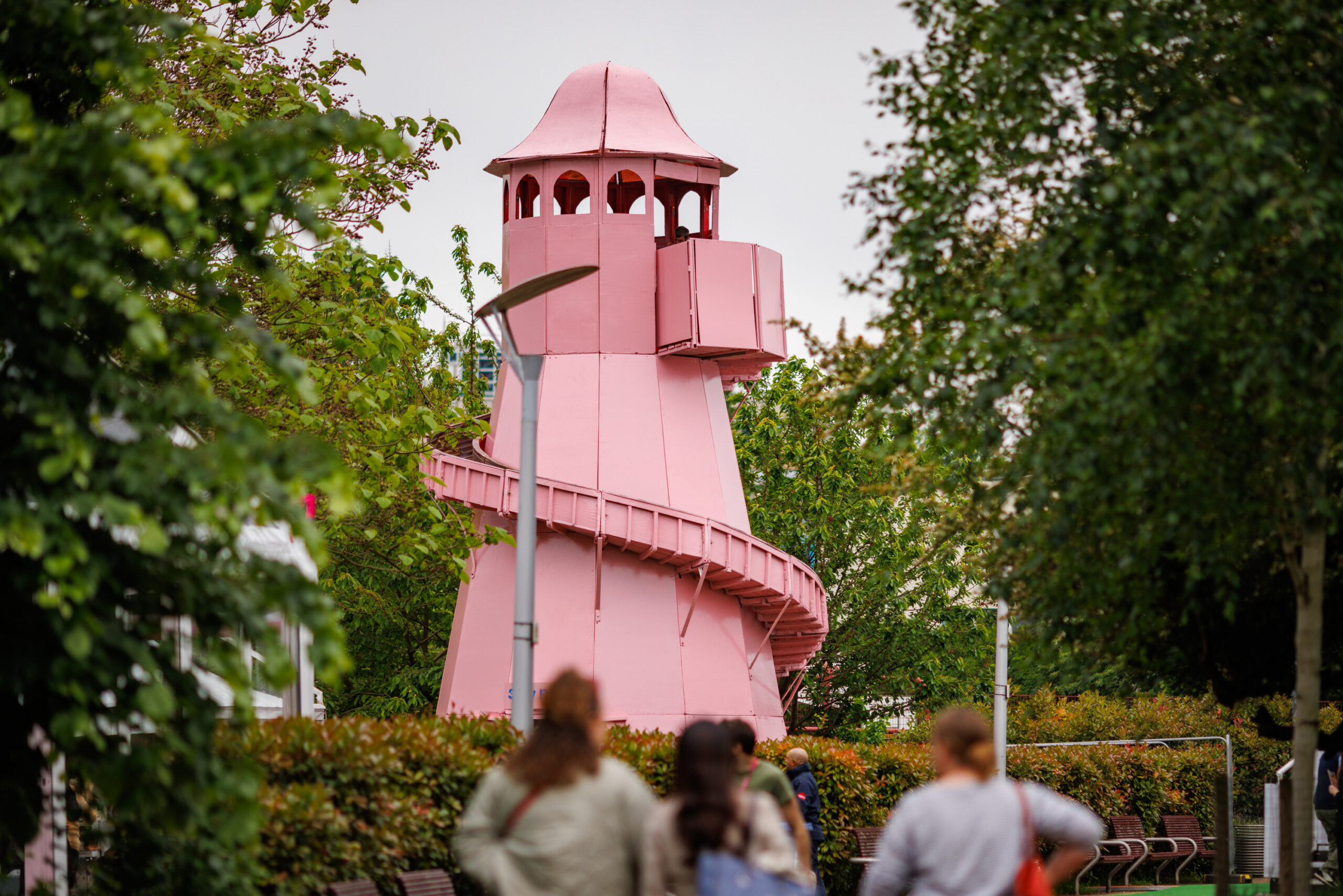Clerkenwell Design Week is an annual showcase of the best design in the UK, set within the showrooms and impressive exhibition spaces that define the creative neighbourhood in the heart of London. Effect explores the biggest trends to emerge from the 2024 edition.
Every May, London’s Clerkenwell – which is home to the UK’s largest number of design showrooms and studios – plays host to Clerkenwell Design Week, a three-day celebration of creativity in the UK and beyond. Clerkenwell Design Week 2024 was the biggest edition in the event’s 15-year history, with more than 600 events, over 160 local design showrooms, and 300 exhibitors showcasing work in more than 12 venues. Alongside the new product launches and showroom installations, the event also features workshops and talks addressing the future of the workplace.


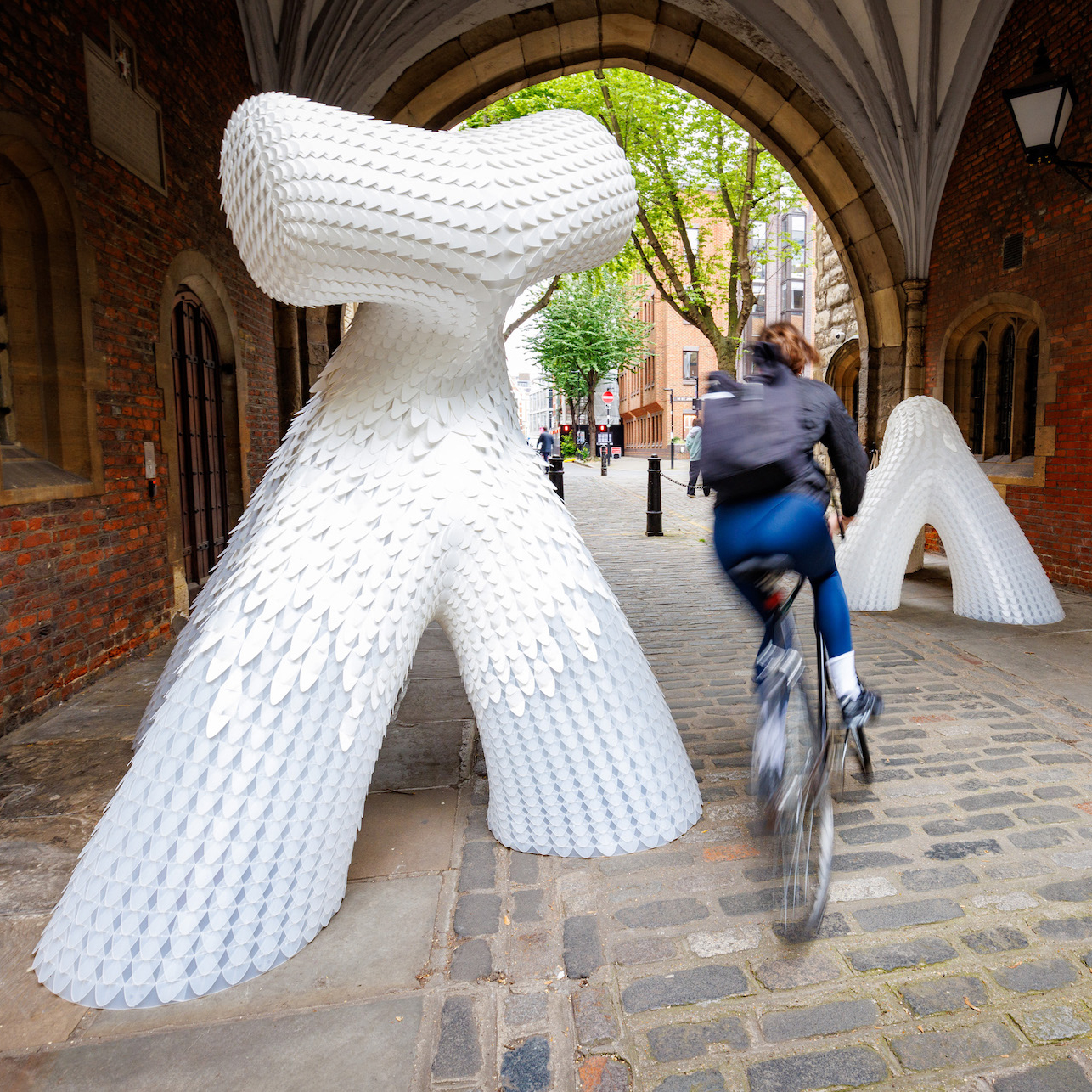
“We’re thrilled to return this May with Clerkenwell Design Week,” says Marlon Cera-Marle, Design Division Director of Media 10, which organises the annual festival. “As one of the most attended specification events in the A&D calendar, it also serves as an important platform to discover new talent and ideas.”
Effect Magazine visited the event’s myriad showrooms and exhibition venues to bring you the biggest trends from Clerkenwell Design Week 2024, from brands imaginatively transforming waste materials into new products, to wall coverings crafted from natural materials, and the rise of modularity.
Transforming waste
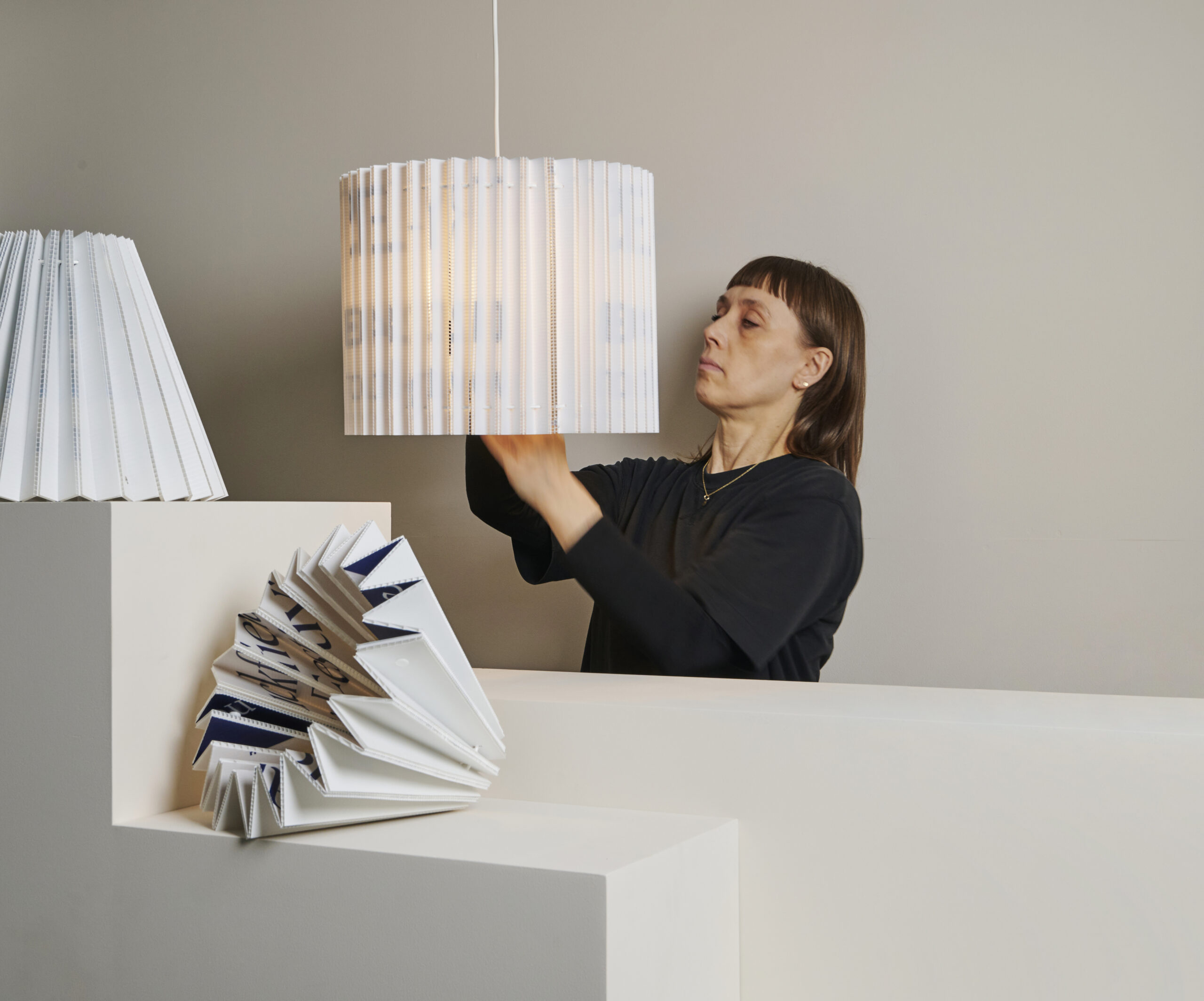
Sustainability is practically a given at any design event these days – and this year’s Clerkenwell Design Week was no exception. The focus this year was firmly on making use of waste products, from raw fleece and waste sawdust, to old real estate signage.
At Light in the atmospheric Clerkenwell House of Detention, Brighton-based designer Tabitha Bargh presented Poly, a new lighting collection that is crafted from waste estate agent advertising boards made from Correx, a material that is typically unsustainable and non-biodegradable polypropylene.
Nearby at St James’s Church, British furniture studio James Burleigh presented the new Jenson credenzas. The top of the new credenzas is made from the wood, glue and laminate sawdust that is a byproduct of the studio’s manufacturing processes mixed with a bio resin. The brand also showcased a series of bio resin samples coloured using dyes made from food waste.

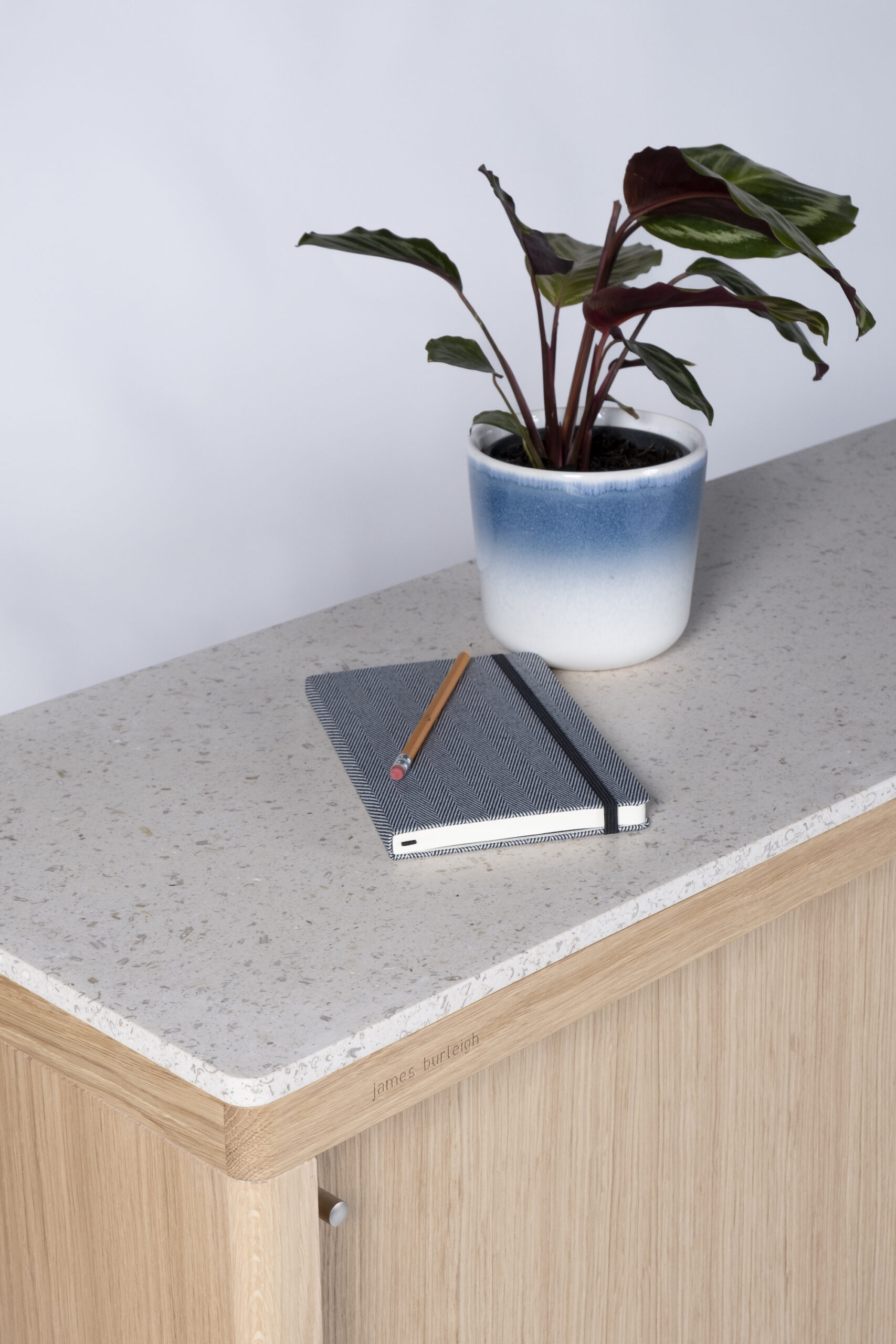
British lighting brand J Adams & Co unveiled their new Clerkenwell showroom during the event. The showroom is set in a former cafe, and the brand partnered with local tile company Solus to repurpose the previous tenants’ trademark green tiles into new terrazzo tiles and worktops.
“Our goal with the new showroom is not only to showcase our collection of luminaires but also to demonstrate our belief in the power of sustainable design practices,” explains Gerda Zemblyte, Sales Director at J Adams & Co. “By repurposing materials and embracing innovative techniques, we aim to encourage others to do the same and to prioritise environmental responsibility.”
Natural wallcoverings

Wall coverings were elevated beyond paper and paint at this year’s Clerkenwell Design Week, with a number of brands turning to the natural world for inspiration. Belgian luxury wall covering brand Omexco launched the Archipelago collection, which is crafted from mother of pearl shells, interwoven with shimmering mica minerals.
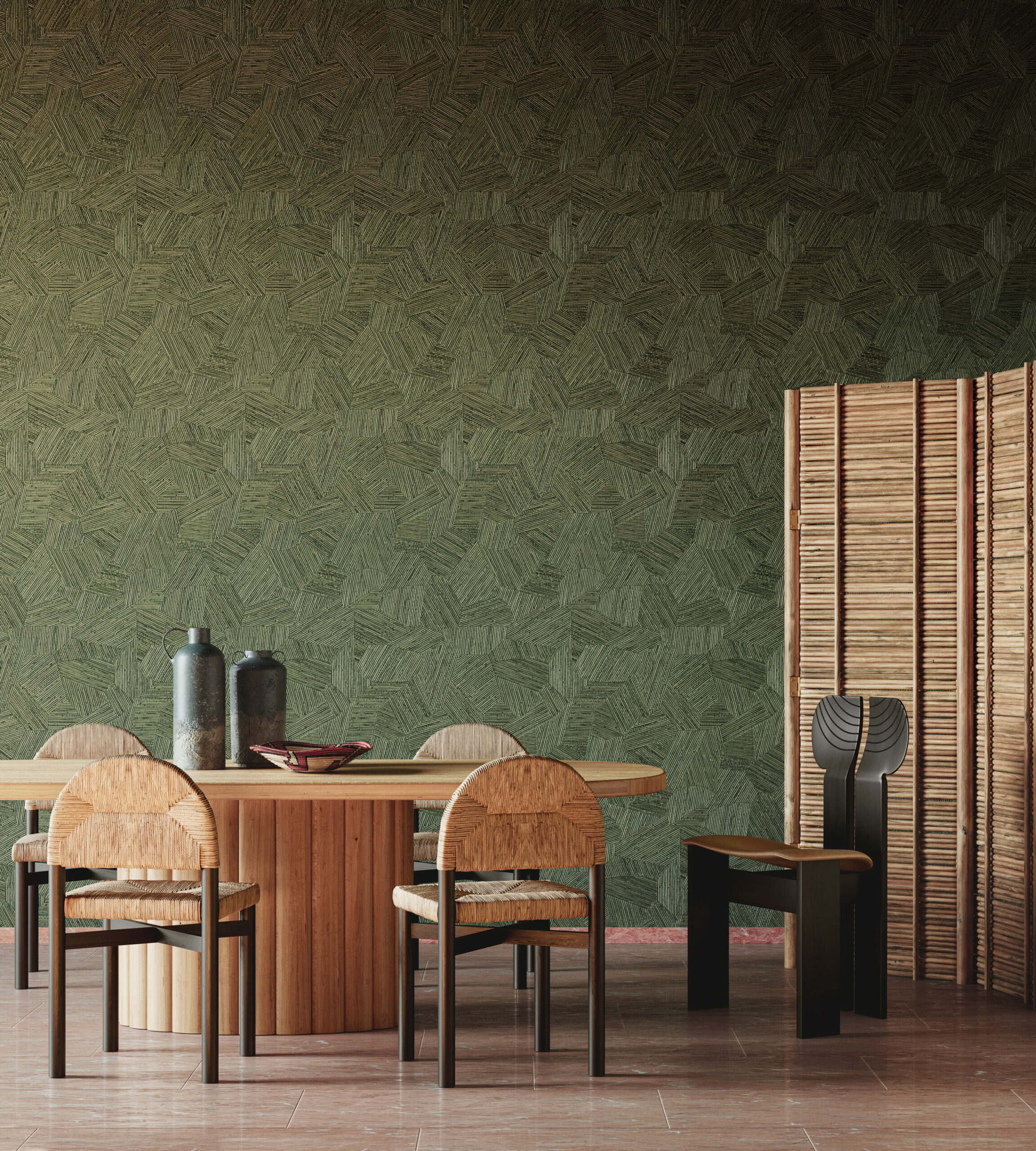
Arte also turned the natural world for inspiration with its new Lanai collection, which is named for the Hawaiian word for “verandah”. Each design in the collection was hand-crafted and inlaid or embroidered with rattan and raffia. These carefully crafted patterns were then rendered in vinyl to create spectacular wall coverings in a palette of natural colours.
Modular magic

Modular design is booming at the moment, allowing users to create a multitude of configurations with a single system to meet diverse and changing needs. At Clerkenwell Design Week, one of the most interesting takes on modularity came from iconic British brand Benchmark, which launched its new ILE workplace system designed by Foster + Partners Industrial Design. The clever system combines the beauty of timber craftsmanship with the practicality of reconfigurable elements, and is designed to last the lifetime of a workplace.
Modular sofas also had a moment at this year’s event, with new products from Muuto, SCP, and OB&B. The Element modular sofa by Philippe Malouin for SCP — which is handcrafted in Norfolk using 100% foam-free upholstery – was awarded a Design Guild mark award during the event.
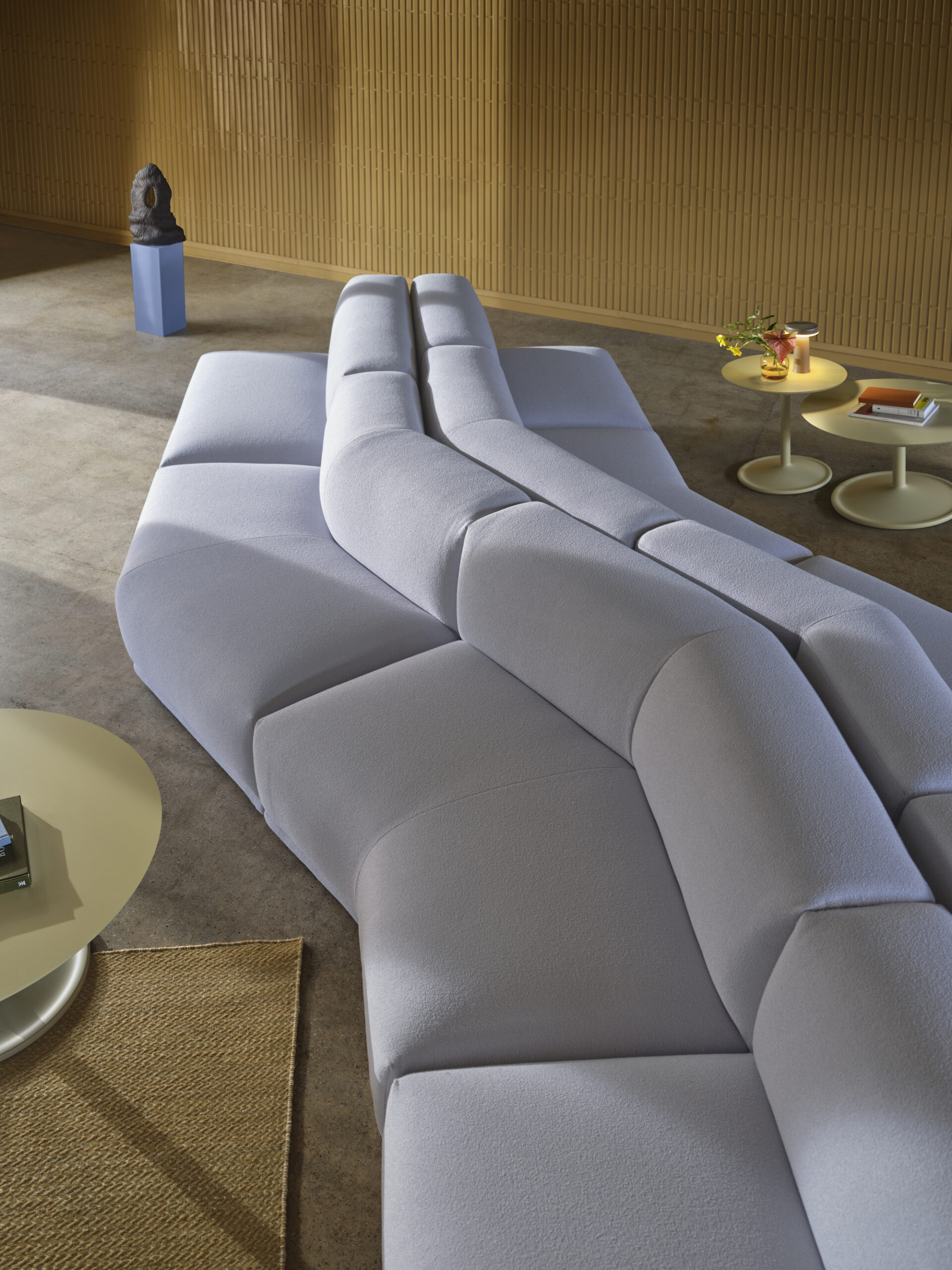
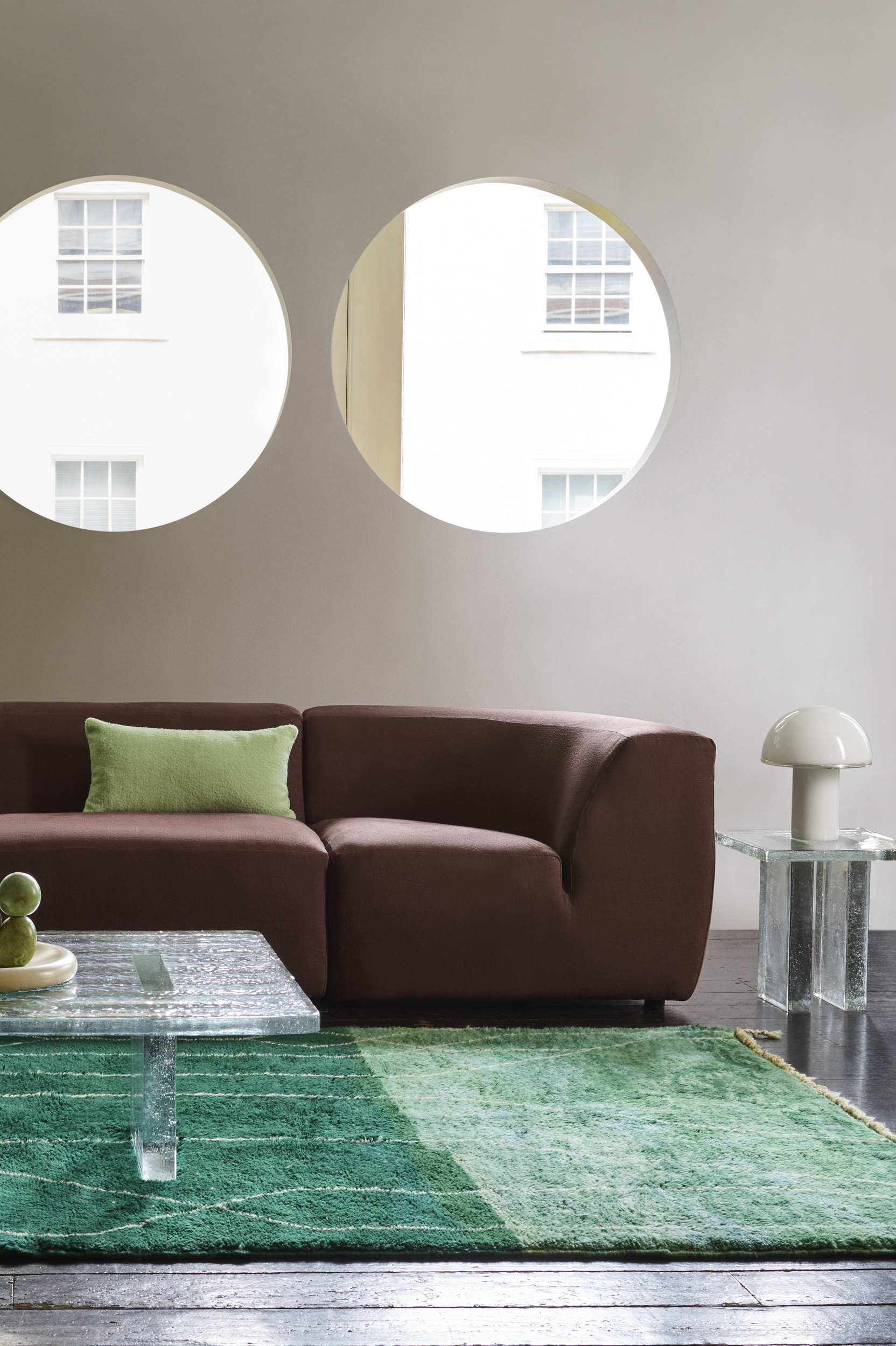
Senator Group also soft launched its Platform X concept, an innovative take on modularity exploring material innovation and traceability – including the ability to break each product down into individual components to allow for repairability over replacement.
The art of play
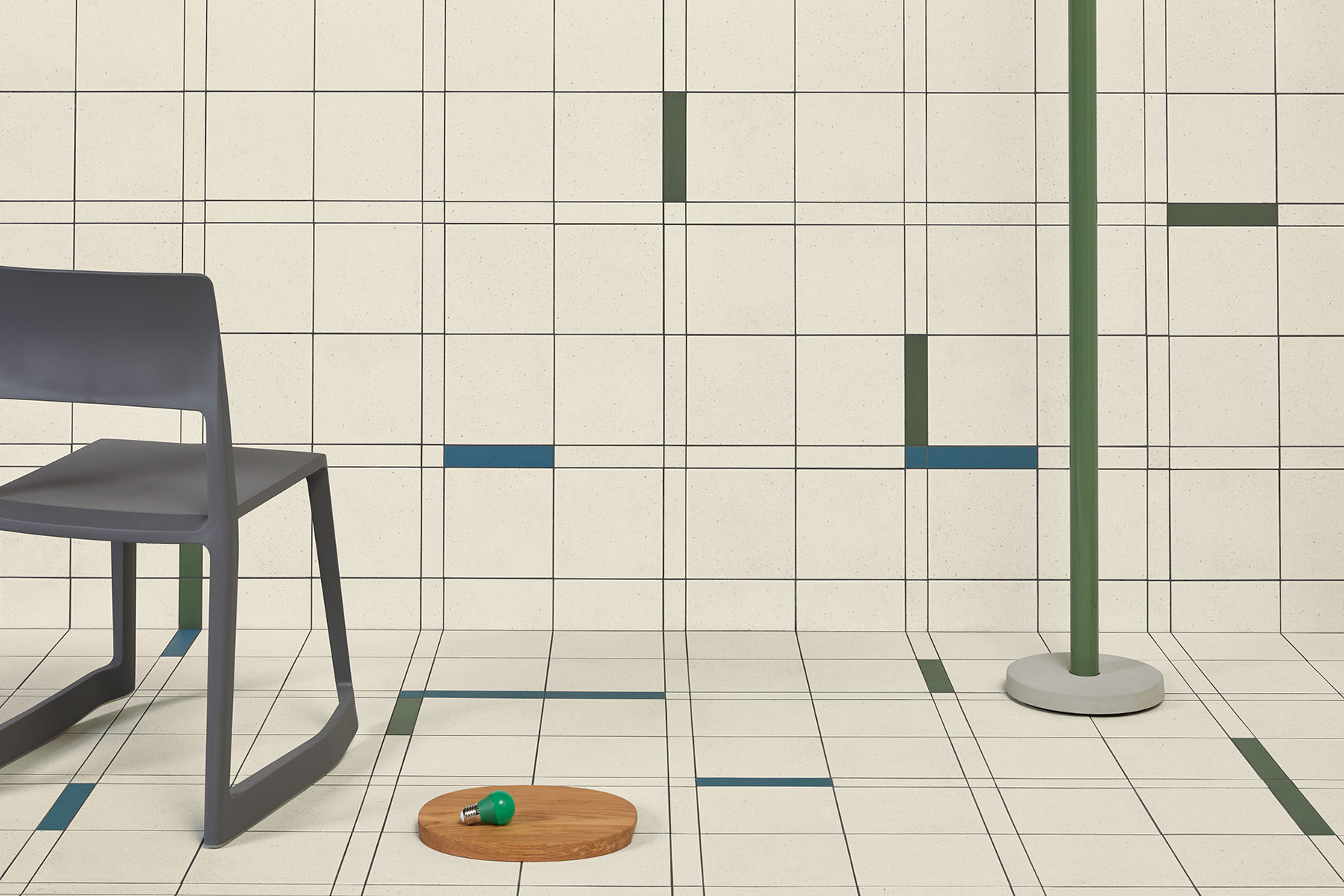
Playful installations and bright, joyful colours were another trend at this year’s Clerkenwell Design Week – an approach epitomised by the Stay Playful (When No One Feels Like Playing) installation in Spa Fields by 2LG Studio. The duo breathed new life into a vintage helter-skelter (top) by painting it bright pink. Visitors climbed to the top to get a new view over Clerkenwell, and then experienced an exhilarating ride to the bottom.
Other installations were similarly playful. Duffy London partnered with Berlin-based surface designer Orsi Orban to transform the historic St John’s Gate of the Order of St John with a series of organic sculptures; and Peter Morris Architects created an intricate curved pavilion using pastel pink polystyrene-based imitation stone – a scale model of the studio’s upcoming project, the Cloud House, which is due for completion in Gospel Oak later this year.
A new stone age

The organisers of Clerkenwell Design Week were keen to spotlight the “Renaissance of Stone” as a trend at this year’s event – and did so through two impressive installations. Stone Tapestry: Beyond the Surface by Stone Federation and architecture firm Squire & Partners alongside Webb Yates Engineers and The Stonemasonry Company was a gravity-defying assemblage highlighting the beauty of different natural stones; while Brick From A Stone by Albion Stone, Hutton Stone, and Artefact showcased how repurposed waste stone can be used as a low-carbon alternative to clay fired brickwork. The installation was located between two iconic red London telephone boxes in Clerkenwell Green and featured an integrated water bowl for thirsty dogs exploring the event – a nod to a historic horse trough found nearby.

Read more: Design Fairs | Design | Art | Craft | Ceramics | Interior Designers I Interiors



